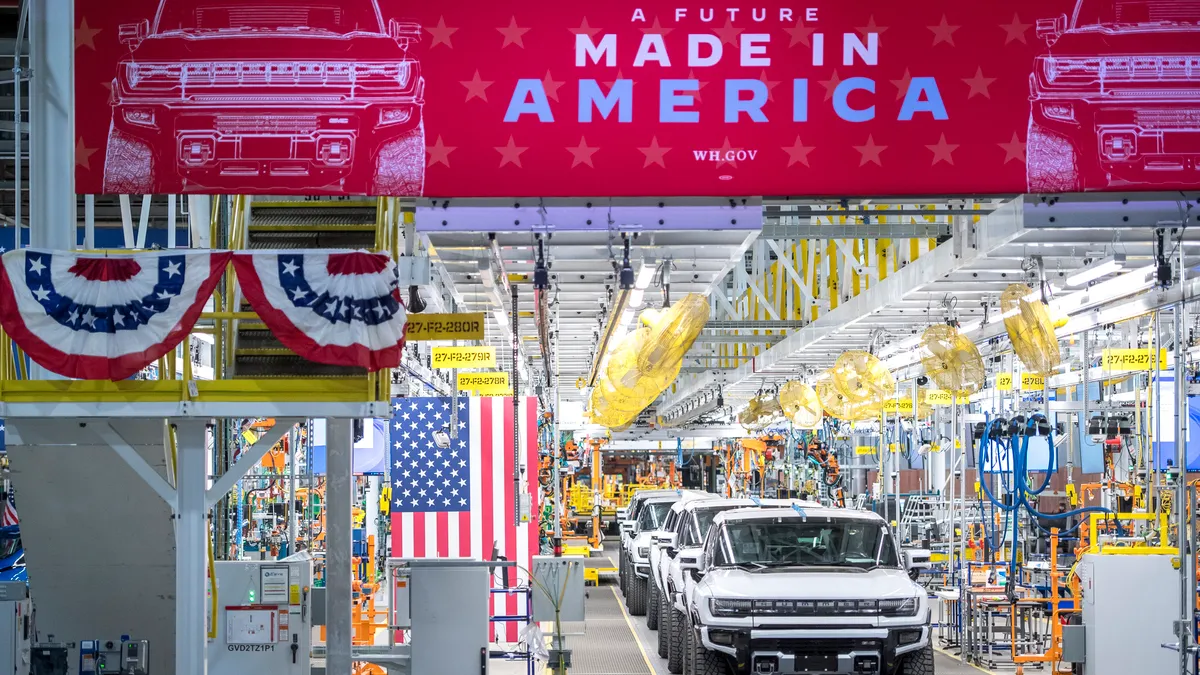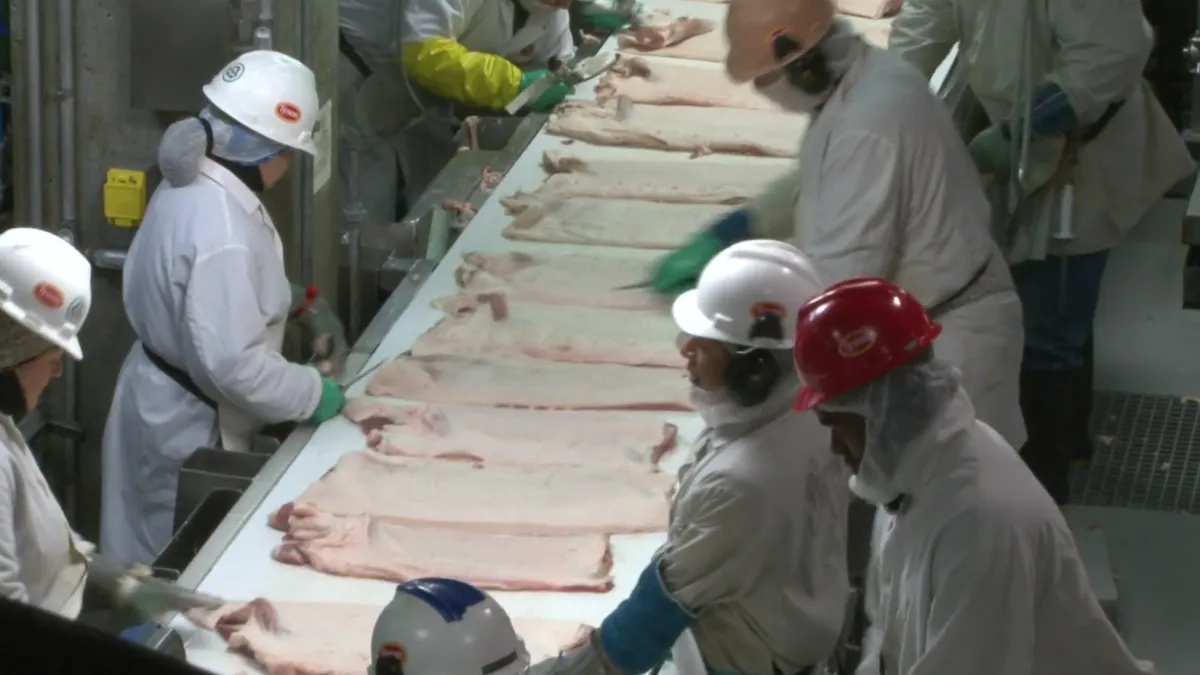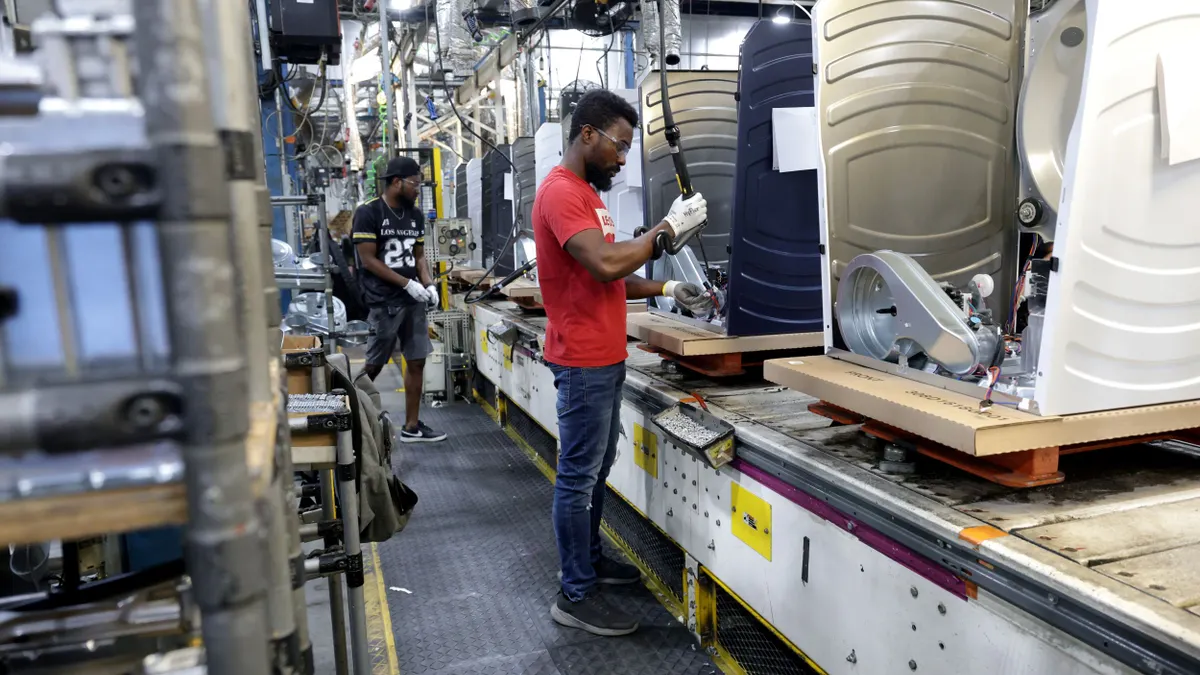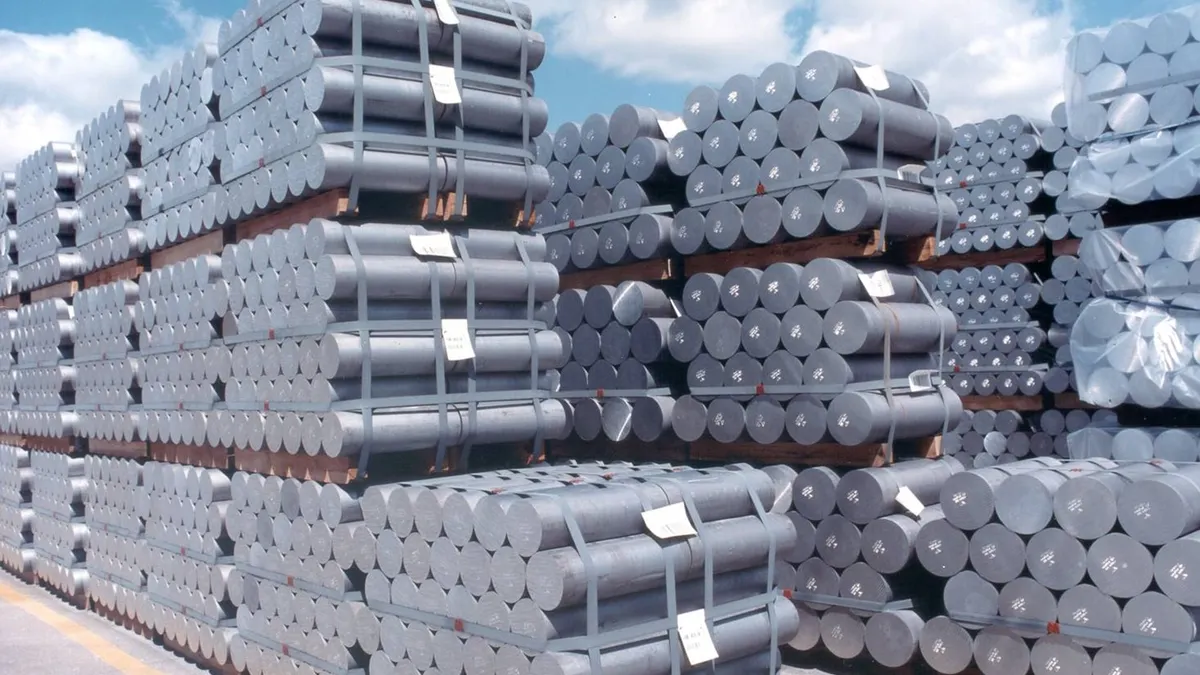Dr. Monica Gorman is a managing director at Crowell Global Advisors, where she advises clients on global trade, supply chain resilience, and industrial policy. She served as special assistant to the President for manufacturing and industrial policy for the White House National Economic Council, as well as deputy assistant secretary of commerce for manufacturing in the Biden administration. Opinions are the author’s own.
For years, policymakers have championed “Made in America” as a silver bullet for economic growth and supply chain resilience. In fact, as part of his tariff-focused trade policy, President Donald Trump has repeatedly called for more U.S. manufacturing investment, using heightened tariffs as a way to entice greater domestic development.
But tariffs alone will not rebuild American industry, especially overnight. U.S. manufacturing has been hollowed out over decades, with many companies offshoring production in search of lower costs and fewer regulations. As a result, we have lost not only factories, but also much of the upstream supply chains, skilled workforce and financial capital that once underpinned our industrial strength.
Thus far, the current administration’s rapidly changing positions, including a recent 90-day pause on broader tariff hikes alongside an increase in duties on Chinese goods to 125%, have only added costs for U.S. manufacturers that use imported materials and components — and increased overall uncertainty for U.S. businesses and global partners.
The president’s vision to bring back American factories and reignite domestic manufacturing resonates with communities hollowed out by decades of offshoring. But rebuilding that foundation in an era defined by far-flung supply chains and repeated disruption from pandemics, geopolitical shocks and natural disasters will take more than rhetoric and tariffs.
Let’s be clear: strengthening U.S. manufacturing is essential. For critical industries, robust domestic production is a matter of national and economic security. Take semiconductors, for example. A global shortage during the pandemic brought entire U.S. industries — from auto manufacturing to consumer electronics — to a standstill. With production concentrated in East Asia, companies and consumers alike felt the impact of a system dependent on a handful of suppliers.
While recent legislation like the CHIPS and Science Act has begun to boost domestic capacity, especially among chips used for AI development, the United States still depends heavily on foreign suppliers for many essential chips.
What American manufacturers and businesses need is a clear, strategic plan that strengthens domestic production and increases supply chain resilience through investment incentives and industry-specific cooperation — including across international borders.
The role of tariffs in a complex global market
Tariffs can be valuable when used strategically. They may help level the playing field in cases of unfair competition, especially in countries that subsidize industries or distort markets. But when tariffs are applied too broadly, they can backfire, raising input costs for American producers and triggering retaliation that harms U.S. exports.
The first Trump administration’s 25% steel and aluminum tariffs offer a cautionary tale: while they spurred capacity expansion for domestic steel producers, the measures also raised costs and adversely affected downstream U.S. manufacturers that used steel inputs.
More recently, the administration’s 90-day pause on the highest reciprocal tariff hikes on April 9 was an acknowledgment that sweeping increases were signaling a host of unintended consequences in the U.S. and global economies. While tariffs on Chinese goods have increased to unprecedented levels, the decision to delay the other hikes over 10% reflects growing recognition that blunt trade tools need to be wielded with care.
Modernizing our trade enforcement approach
The U.S. needs a 21st-century trade enforcement toolkit. Many of today’s trade remedy laws were designed decades ago, before global supply chains and complex trade dynamics became the norm. These outdated mechanisms are slow, burdensome and reactive, leaving American businesses vulnerable to unfair foreign competition.
Congress is considering incremental updates, such as the bipartisan Leveling the Playing Field 2.0 Act, introduced in February. The bill would make it easier for the U.S. Commerce Department, International Trade Commission, and U.S. Customs and Border Protection to pursue repeat offenders regarding antidumping and countervailing regulations. However, more reform is needed to bring U.S. trade enforcement and policy into the 21st century.
Strengthen, diversify, compete
It’s not enough to just defend American manufacturing. It’s time to go on offense. That means thinking beyond tariffs and articulating a forward-looking trade strategy that expands markets and offers new ways for U.S. businesses to compete. Tariffs are just one piece of the puzzle. We also need to open new markets and build supply chains that are stronger, smarter and more reliable — and can withstand and recover quickly from disruptions.
One way to do that is by striking targeted deals with trusted allies. Instead of sweeping trade agreements, the U.S. should focus on sector-specific deals where deeper coordination can actually move the needle and benefit Americans and American businesses. These kinds of partnerships can help us reduce our dependence on risky suppliers in adversarial countries, while also strengthening ties with allies and giving American companies a real competitive edge.
Rather than shifting tariff policy week to week, the U.S. needs to lead with clarity and purpose. The world is watching to see whether we will step forward with a plan that truly positions American workers and industries to thrive.
It is time to move past slogans and into strategy. "Made in America" is a starting point. It shouldn’t be the finish line.




















